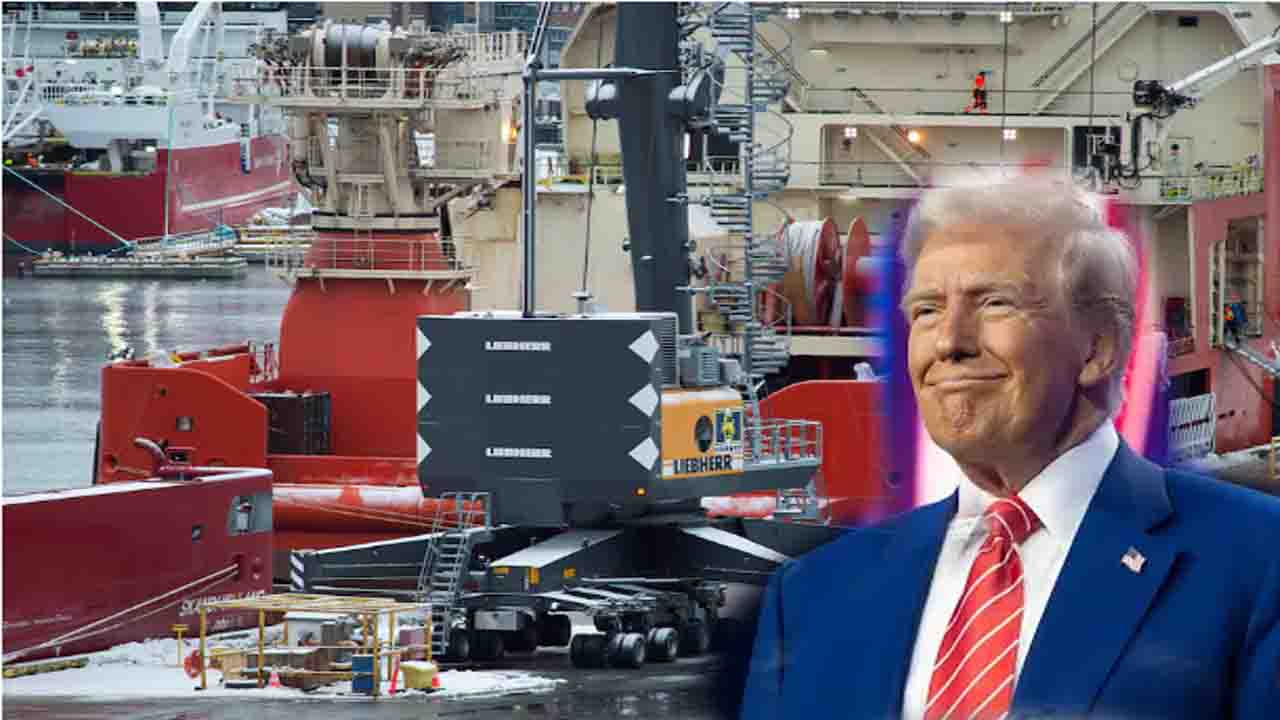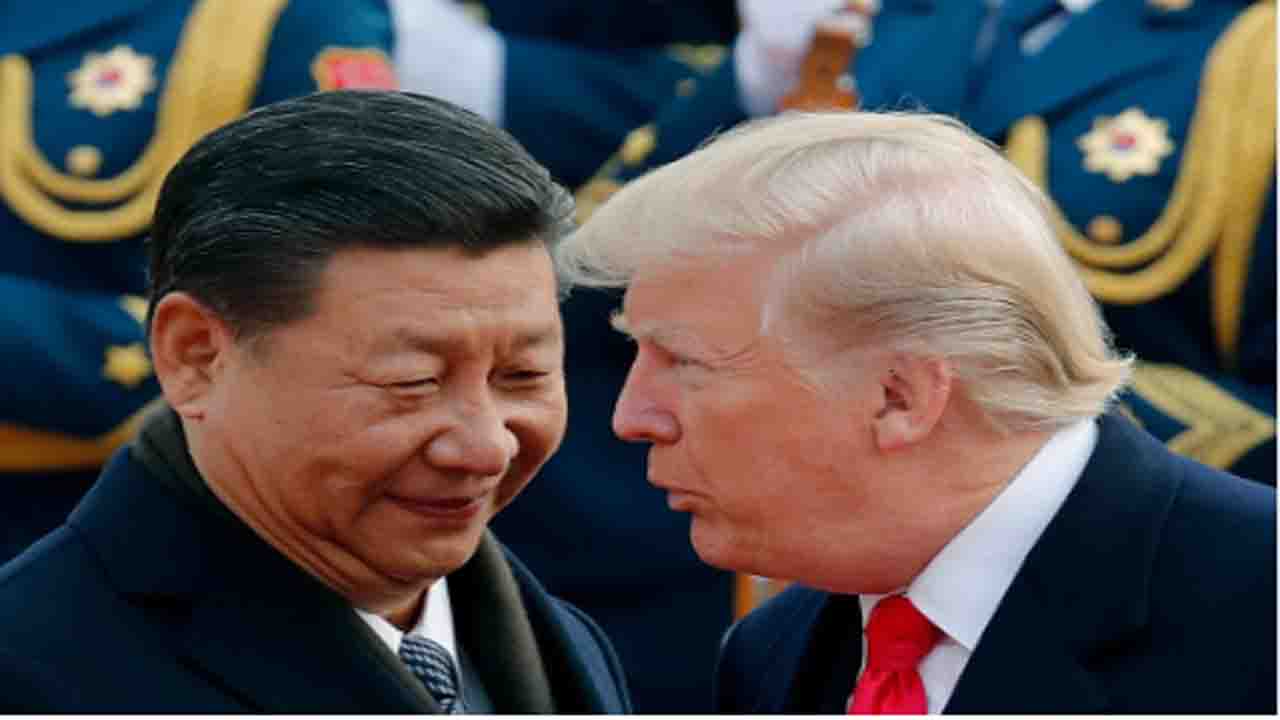President Donald Trump has ventured into uncharted legal territory by invoking the 1977 International Emergency Economic Powers Act (IEEPA) to impose 25% tariffs on Canadian and Mexican imports and an additional 10% duty on Chinese goods. The move, aimed at curbing fentanyl trafficking and illegal immigration into the U.S., has sparked debates over the legality and scope of presidential powers in trade policy.
Legal Challenges and Precedents
Trade and legal experts argue that the IEEPA, traditionally used for sanctions, has never been tested for imposing tariffs. Trump’s decision is expected to face swift court challenges, which could set significant legal precedents. Tim Brightbill, co-chair of the international trade practice at Wiley Rein, noted that while courts have historically upheld presidential emergency actions related to national security, the use of IEEPA for tariffs remains untested.
William Reinsch, a trade expert at the Center for Strategic and International Studies, added that judges are unlikely to second-guess a president’s definition of an emergency. “The emergency is whatever he says it is,” Reinsch said. However, Jennifer Hillman, a Georgetown University trade law professor and former WTO appellate judge, questioned the causal connection between the tariffs and the stated emergencies of fentanyl and migration. “Tariffs on all goods are not clearly ‘necessary’ to address these issues,” she said.
Historical Parallels: Nixon’s Tariffs
The closest historical parallel to Trump’s action is former President Richard Nixon’s use of the 1917 Trading With the Enemy Act to impose a 10% across-the-board tariff in 1971. Nixon’s move, aimed at addressing a balance-of-payments crisis after abandoning the gold standard, was upheld by courts. However, Hillman pointed out that Nixon’s tariffs had a clearer connection between the emergency and the remedy, unlike Trump’s broad tariffs on Canada, Mexico, and China.
Past Threats and Actions
Trump previously threatened to use IEEPA in 2019 to impose 5% tariffs on Mexican goods over border migration issues but backed down after Mexico agreed to enhance border security. During his first term, he also invoked the National Emergencies Act to redirect federal funds for the construction of a southern border wall.
Calls for Congressional Oversight
Peter Harrell, a national security lawyer and senior fellow at the Center for a New American Security, argued that if courts uphold Trump’s use of IEEPA for tariffs, Congress should reform the law to require greater oversight. “Allowing Trump to wave his magic Sharpie to impose tariffs would upset the balance Congress has long sought to strike,” Harrell said.
U.S. Senator Tim Kaine, a Democrat, has introduced legislation to restrict IEEPA’s use for tariffs, emphasizing that the law was never intended for such purposes. “Virginians want lower prices, not higher ones. The last thing we need are new, senseless taxes on imports from America’s largest trading partners,” Kaine stated.
Implications for Trade and Economy
The tariffs, if implemented, could have far-reaching consequences for U.S. trade relations and domestic prices. Critics argue that the broad application of tariffs on all goods from Canada, Mexico, and China lacks a clear rationale and could harm American consumers and businesses. As legal battles unfold, the outcome will shape the future of presidential authority in trade policy and the balance of power between the executive and legislative branches.






